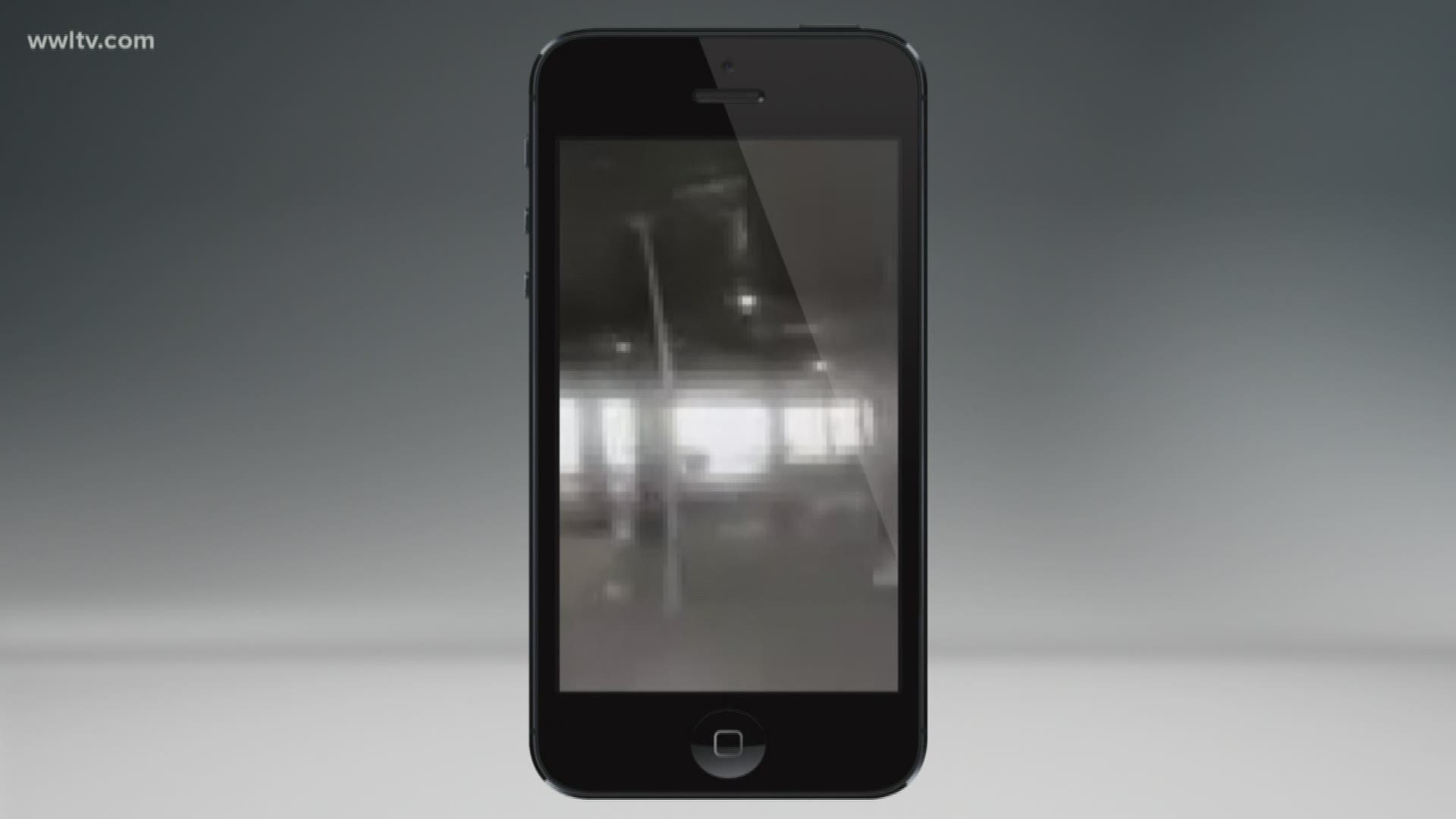NEW ORLEANS — The builders of the Hard Rock Hotel removed temporary support posts just three days after pouring heavy concrete on the building’s top floor, despite industry standards that say concrete should set for a bare minimum of two weeks, according to a steelworker who was on the 17th floor of the half-built hotel when it collapsed.
The worker, Belter Bermudez, said the concrete on the 18th floor was poured on Oct. 4, three days after a city building inspector deemed it “OK to pour.” The temporary supports were removed on Oct. 7, he said, even though the American Concrete Institute Standard No. 347 calls for concrete to cure for at least three weeks before such posts are taken out.
The top floors of the building pancaked on the morning of Oct. 12, eight days after the concrete was poured, killing three workers and injuring dozens more.
The industry guidelines say that shoring supports can be removed in as few as two weeks in certain cases. Those standards are industry-wide; they are also laid out in a project manual for Parkway Apartments, another multistory building being constructed in Mid-City by the same development team involved in the Hard Rock.
The contractor, Citadel Builders, cited its long record of safety, but did not address Burmudez's claims directly.
“Citadel Builders has been in business for 16 years and has never been cited with a single OSHA violation,” the company said in a statement to WWL-TV. “We work with a solid team of professional subcontractors and follow industry standards at every stage of our projects. There are concurrent, ongoing investigations into the October 12, 2019 accident at our Hard Rock site, and we eagerly await the results of those investigations.”
Usually, when post shores can be taken down depends on testing of the concrete in a lab, which measures how much pressure is required to break it. The tests are to be run three days, seven days and 28 days after concrete is poured.
The lab that tested the concrete for Citadel is Southern Earth Sciences. New Orleans branch manager Kenny Meyn did not respond to requests for comment.
Several workers, speaking on condition of anonymity, said project leaders often emphasized the need to complete the construction quickly so the Hard Rock Hotel could open by Mardi Gras, in February 2020.
A video that was shot by a worker on the building and posted two days before the collapse outlined concerns almost identical to those Bermudez expressed. The worker in the video narrates the video in Spanish, mocking what he describes as shoddy design and construction.
“Look, Papo, 'the best engineering'! Look at these large stretches (between supports) and (expletive) beams! (unintelligible) They’re already to the point of breaking," he says.
He points out one support jack on the 16th floor that apparently could not be taken out because the concrete above it was sagging.
"Look at how it’s bent already!” he exclaimed. “They couldn’t remove it because it's too bent and it has too much pressure. The huge spaces without beams — look! What a very (expletive) structure these architects and engineers are building! … This is seriously bad, Papa!”
The video was posted by Randy Gaspard, a local contractor who was not involved in the job. Gaspard said he got the video from the worker but has not identified the man.
Authorities have said that video has since become a piece of evidence as federal investigators probe what caused the building’s collapse.
Jim Maddux, who retired as OSHA's chief of construction safety in 2015, said the video and other images he’s seen from the collapse suggest those temporary supports are a prime suspect in the investigation into the cause of the catastrophic failure.
“Once the posts are bent, they lose an incredible amount of their strength,” he noted. “Certainly those post shores are something they’ll be looking very closely at.”
Trey Fournier, an ironworker who survived the collapse, said other workers were also nervous about the building before it collapsed, with some complaining about upper floors bowing or “deflecting.”
“When I saw that video, I’m like, ‘That job should have been shut down to begin with,’” he said.
Fournier and others say they are owed an explanation.
“I want to know what exactly went wrong,” he said. “That’s all I want to know. That’s what we’re asking.”
► Get breaking news from your neighborhood delivered directly to you by downloading the new FREE WWL-TV News app now in the IOS App Store or Google Play.

